environment
Type of resources
Available actions
Topics
Keywords
Contact for the resource
Provided by
Years
Formats
Representation types
Update frequencies
status
Scale
Resolution
-
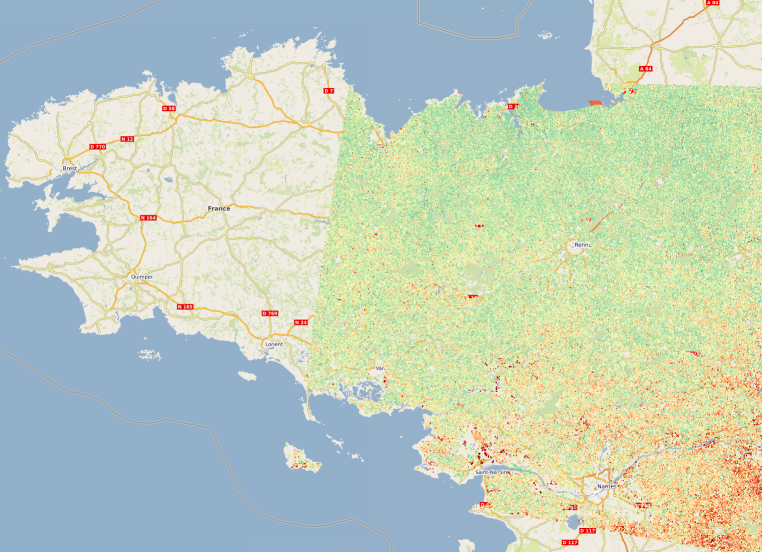
Estimation de l'humidité des sols de Bretagne représentée sous la forme d'une série temporelle d'images raster à 10 mètres de résolution entre janvier 2017 et décembre 2022. La méthode d’estimation de l’humidité, développée à l’INRAE (UMR TETIS), est basée sur l'utilisation d'images satellitaires des nouveaux systèmes d’observation de la Terre Copernicus radar et optique Sentinel-1 et Sentinel-2. Plus d'informations sur la méthode : https://geosas.fr/metadata/pdf/Livrable_TED_Bosco_Mars2022_Bretagne_INRAE_Baghdadi.pdf
-
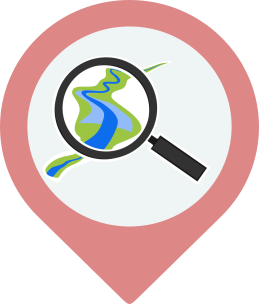
Le rétablissement du continuum fluvial de la Sélune après l’arasement des barrages permettra la colonisation de l’amont du bassin anciennement inaccessible aux anguilles. Avant l'arasement, deux affluents principaux étaient utilisés par les poissons amphihalins pour leur reproduction, en plus du cours principal : le Beuvron et l'Oir. La population d’anguille de la Sélune a été suivie en phase pré-arasement par des campagnes d’indice d’abondance effectuées en 2013, 2015, 2019, puis chaque année depuis 2021, sur un réseau de stations couvrant l’ensemble du réseau hydrographique de la Sélune. Ces données permettent d’estimer l’évolution de l’abondance des anguilles le long de la Sélune et de ses affluents et leur structuration en taille avant et après la destruction des barrages. L’inventaire est réalisé début septembre, une année sur deux, puis chaque année depuis 2021, à l'aide d'un dispositif de pêche électrique et d'épuisettes. Trente points de pêche de trente secondes minimum sont réalisés. Une station de pêche comprend environ 100 mètres de linéaire de cours d’eau. Toutes les anguilles pêchées sont anesthésiées et font l’objet de mesures biométriques (poids, longueur, diamètre oculaire horizontal, vertical, détermination du stade jaune ou argentée). L’ensemble des anguilles est relâché directement sur le site de pêche. Cette fiche fait référence à deux couches, l'une ne donnant que les secteurs d'étude et leur localisation et l'autre y précisant la notion de session de capture.
-

En partenariat avec l’ANR Reppaval, le Syndicat Mixte du bassin de la Sélune a débuté la mise en œuvre d’un observatoire photographique des paysages du bassin de la Sélune. Il s’agit d’un itinéraire photographique composé de points de vue répartis sur l’ensemble du territoire où des clichés seront repris régulièrement. L’objectif est de suivre les transformations du paysage sur le territoire, en particulier en lien avec l’opération de restauration de la Sélune. La couche donne la localisation des sites de l’itinéraire photographique directement concernés par les travaux de restauration de la Sélune : les lacs, les barrages.
-

Le rétablissement du continuum fluvial de la Sélune après l’arasement des barrages permettra la colonisation de l’amont du bassin anciennement inaccessible aux anguilles. Avant l'arasement, deux affluents principaux étaient utilisés par les poissons amphihalins pour leur reproduction, en plus du cours principal : le Beuvron et l'Oir. La population d’anguille de la Sélune a été suivie en phase pré-arasement par des campagnes d’indice d’abondance effectuées en 2013, 2015, 2019, 2021 et 2023 sur un réseau de stations couvrant l’ensemble du réseau hydrographique de la Sélune. Ces données permettent d’estimer l’évolution de l’abondance des anguilles le long de la Sélune et de ses affluents et leur structuration en taille avant et après la destruction des barrages. L’inventaire est réalisé début septembre, une année sur deux, à l'aide d'un dispositif de pêche électrique et d'épuisettes. Trente points de pêche de trente secondes minimum sont réalisés. Une station de pêche comprend environ 100 mètres de linéaire de cours d’eau. Toutes les anguilles pêchées sont anesthésiées et font l’objet de mesures biométriques (poids, longueur, diamètre oculaire horizontal, vertical, détermination du stade jaune ou argentée). L’ensemble des anguilles est relâché directement sur le site de pêche. Cette couche contient les données individuelles sur les anguilles capturées.
-
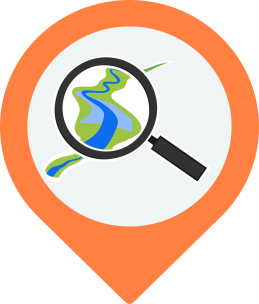
En 2020 ont été mises en place des placettes scientifiques, matérialisées sur le terrain par des piquets colorés. Ces placettes ont pour objectif de faciliter le suivi scientifique, notamment de la renaturation. Ces placettes représentent des espaces privilégiés pour les scientifiques, où aucun remaniement de sédiments ou de la végétation n'est prévu jusqu'à la fin du programme Sélune.
-
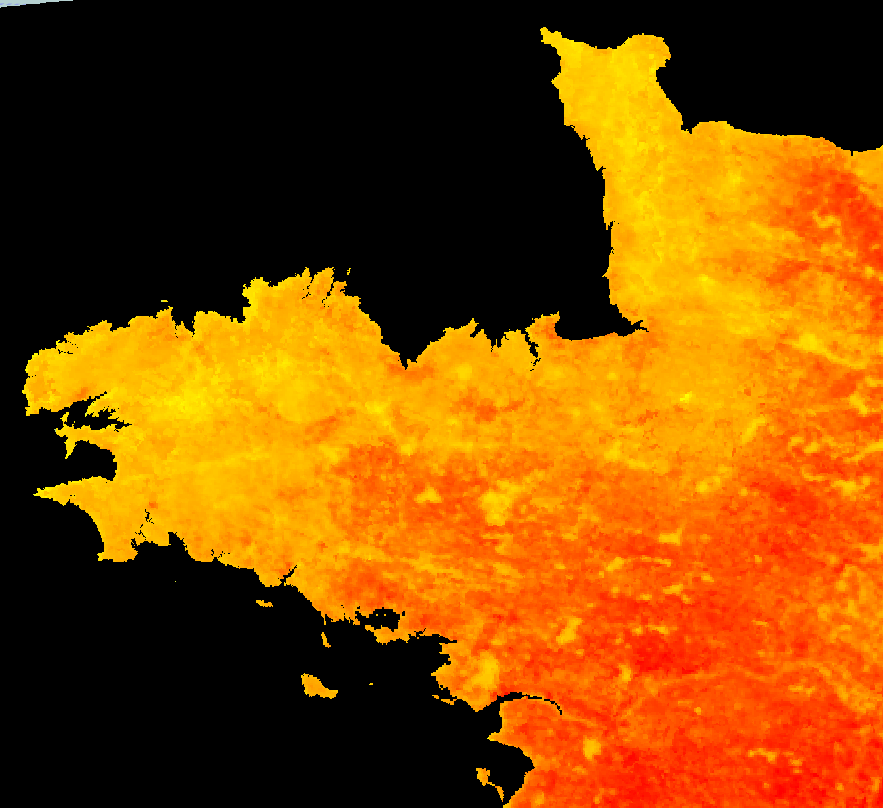
Température moyenne sur 8 jours par ciel clair sur la Bretagne de jour.
-
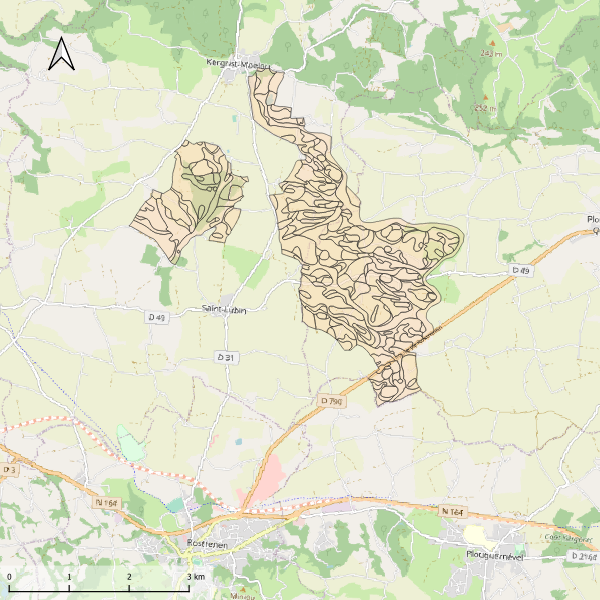
Carte pédologique de Rostrenen au 1/10000 réalisée en 1983. La codification correspond au code 4 critères des sols du Massif armoricain (voir ressources en ligne). Les champs de la table attributaire sont : - SUB : Matériau(x) parental(aux) à partir du(des)quel(s) se développe(nt) le sol - HYD : Classe d'hydromorphie, de 0 (sol bien drainé) à 9 (sol extrêmement hydromorphie) - TYPE : Développement de profil défini à partir de la succession des horizons - PROF : Profondeur du sol, classée de 1 (sols très épais) à 6 (sols superficiels) - CODE4C : code 4 critères issu de la concaténation des champs précédents. Les valeurs prises par les différents champs pour chaque entité sont détaillées dans la méthode 4 critères (voir ressources en ligne). - UTS : Numéro d'Unité Typologique de Sol issue du Référentiel Régional Pédologique de Bretagne.
-

L’effacement des barrages de la Sélune fait l’objet d’un programme scientifique initié en 2012 dans lequel des paramètres environnementaux sont suivis afin de fournir un réel retour d’expérience sur cette opération de restauration. En 2019 s’est mis en place un observatoire de données, chargé d’assurer la collecte et le traitement de ces paramètres (biotiques et abiotiques). Les données acquises à partir de 2012 et au moins jusqu’en 2027, seront centralisées grâce à un système d’information (SI), appelé SISelune. SISelune vise à aider les scientifiques associés au programme Sélune et à rendre les données accessibles à tous. Cette couche présente la zone d'étude, basée sur les sous-bassins versants hydrographiques pour la partie continentale, et la masse d'eau de transition pour la baie du Mont St-Michel.
-
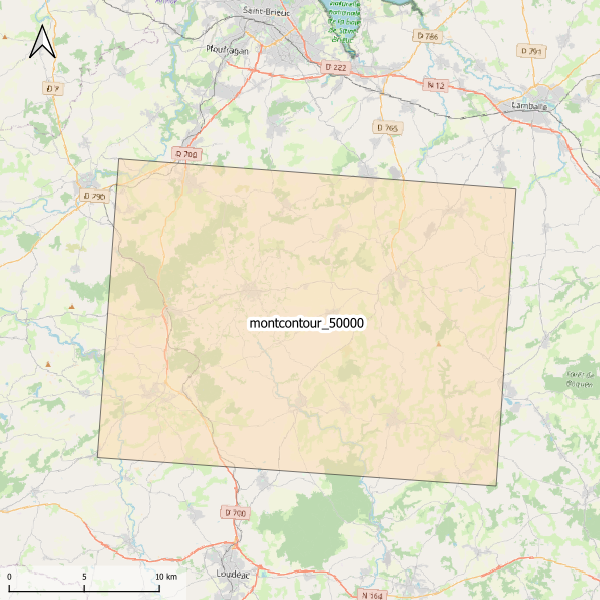
Emprise de la carte pédologique de Montcontour au 1/50000. La donnée de base, au format vectoriel, n'est pas publiée.
-
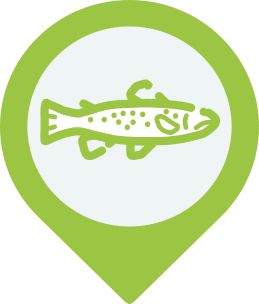
L’ouverture des barrages va considérablement impacter le fonctionnement des populations de truites de la Sélune. Le rétablissement de la continuité écologique du fleuve modifiera les flux populationnels en autorisant la remontée plus en amont des truites de mer amphihalines et le déplacement des truites autochtones en aval et en amont des barrages. La population de truites est suivie sur un réseau de stations couvrant l’ensemble du bassin de la Sélune à l'aide d'un indice d’abondance, qui est effectué tous les 2 ans. Les campagnes de terrain respectent le protocole de pêche Vigitruite®, mis au point à l’INRA et destiné à être utilisé partout en France. Cet indice d’abondance, rapporté à la superficie d’habitats favorables sur le cours d’eau permet d’évaluer la quantité de truitelles présentes dans la rivière, issues de la reproduction naturelle des années passées. Ce tableau donne les données individuelles sur les truites capturées selon l'année d'étude.
 Catalogue GéoSAS
Catalogue GéoSAS